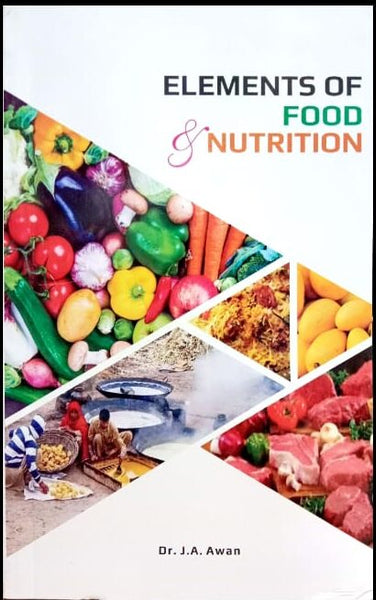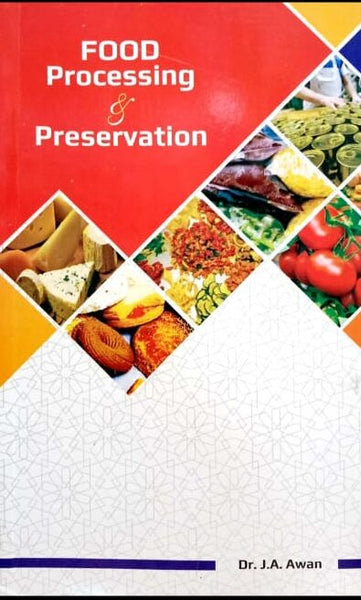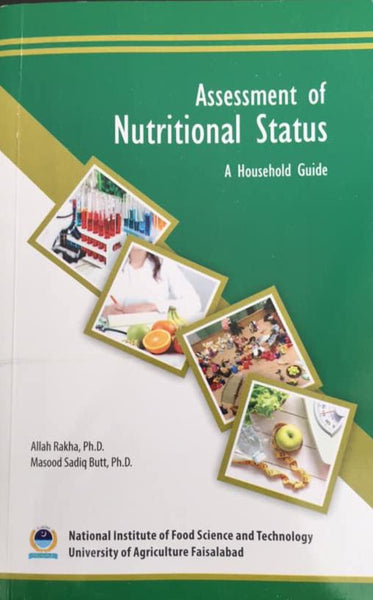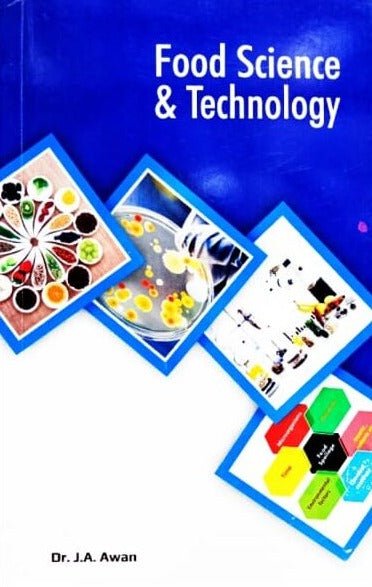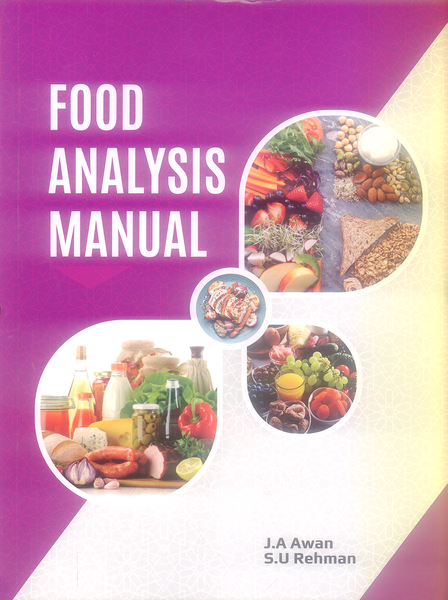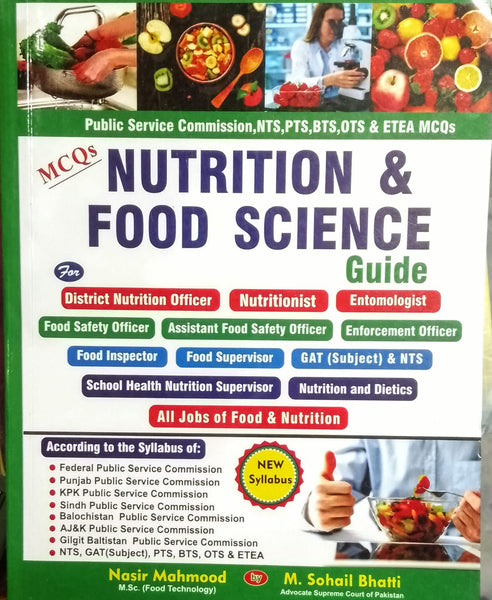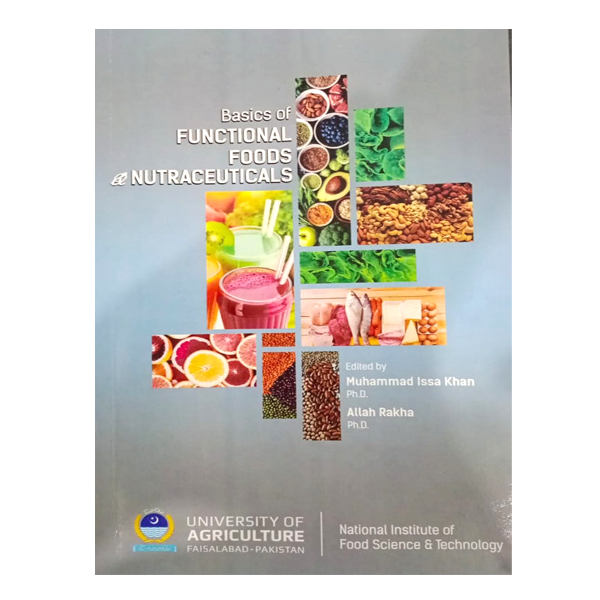Statistics in Food Science and Nutrition by Are Hugo Pripp (Author)
- Publisher: FOOD SCIENCE & TECHNOLOGY
- Availability: In Stock
- SKU: 40963
- Number of Pages: 70
Rs.290.00
Rs.425.00
Tags: Are Hugo Pripp , best books , Best Price , best prices , best shop , Biostatistics , bookshop , bookshop online , bookshopPakistan , buy online books , Data Analysis , Data Interpretation , Diet and Nutrition Data , Dietary Assessment , Experimental Design , Food Composition , Food Data Analysis , Food Quality Assessment , Food Research , Food Safety , Food Science Research , Food Statistics , Food Technology , good books , good booksonline , Nutrient Assessment , Nutrition , Nutrition Data , Nutritional Analysis , Nutritional Evaluation , Nutritional Research , Nutritional Studies , Nutritional Trends , online books store , Online Bookshop , Online Bookshop Pakistan , online shopping , Online Shopping Pakistan , OnlineShoppingPakistan , PakistanBookshop , PakistanOnlineShopping , price cut , price-friendly Comprehensive , Public Health , Quantitative Analysis , ReasonablePrice , reduced price , Research Methodology , Science and Medicine , Shopping , ShopSmartPakistan , Statistical Methods , Statistical Research , Statistical Techniques , Statistical Tools , Statistics , Statistics for Nutritionists , Statistics in Food Science
Statistics in Food Science and Nutrition by Are Hugo Pripp is a valuable resource for understanding and applying statistical methods in the fields of food science and nutrition. This book presents key statistical concepts and tools that are essential for conducting research and analyzing data in these domains. It covers a wide range of topics, from basic statistical principles to more advanced techniques such as regression analysis, experimental design, and hypothesis testing. Pripp's work emphasizes the practical application of statistics to real-world problems, enabling food scientists and nutritionists to make data-driven decisions, improve research quality, and contribute to evidence-based practice. By simplifying complex concepts, this book serves as both an educational guide and a reference for professionals in the field.
Key Points
-
Introduction to Statistical Concepts
The book covers fundamental statistical concepts, including probability, distributions, and measures of central tendency, tailored for food science and nutrition professionals. -
Data Analysis Techniques
It explores various data analysis techniques, such as regression analysis, correlation, and hypothesis testing, which are crucial for interpreting research findings. -
Application in Food Science
The text demonstrates how statistical tools can be applied to food science research, including experiments related to food safety, quality control, and product development. -
Application in Nutrition Research
The book emphasizes the use of statistics in nutrition research, helping nutritionists analyze dietary data, assess nutrient intake, and evaluate the impact of dietary interventions. -
Experimental Design
It provides guidance on experimental design, including randomized trials and observational studies, ensuring that research results are valid and reliable. -
Statistical Software Usage
The text introduces readers to common statistical software programs, helping them implement analyses efficiently in their research projects. -
Data Visualization
The book highlights the importance of data visualization, teaching readers how to present complex data in clear and understandable formats using graphs and charts. -
Real-World Case Studies
Pripp includes real-world case studies from the food and nutrition sectors, illustrating how statistical methods are applied in practical research scenarios. -
Problem-Solving Approach
The book takes a problem-solving approach, offering step-by-step examples that guide readers through the process of applying statistics to real data sets. -
Resource for Students and Professionals
It is a useful resource for both students learning statistics and professionals in food science and nutrition who need to apply statistical methods in their work.
Conclusion
Statistics in Food Science and Nutrition by Are Hugo Pripp is an essential guide for students and professionals seeking to enhance their statistical knowledge and skills. By focusing on practical applications and offering a range of analytical techniques, the book equips readers to conduct high-quality research in the food and nutrition fields. Its blend of theoretical insights and real-world examples makes it a valuable tool for anyone involved in the scientific study of food and nutrition.
════ ⋆★⋆ ═══
Writer ✤ Are Hugo Pripp (Author)



